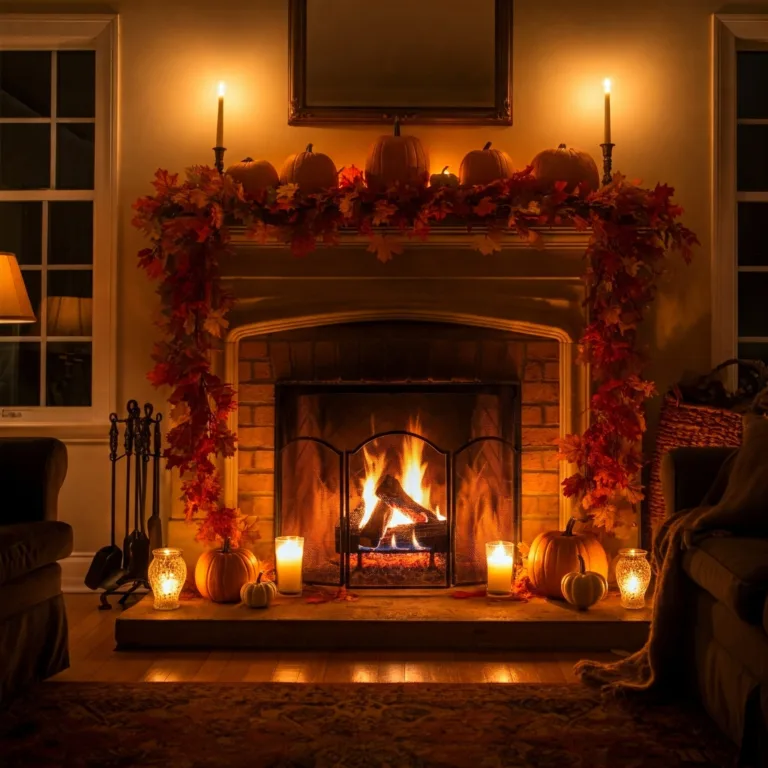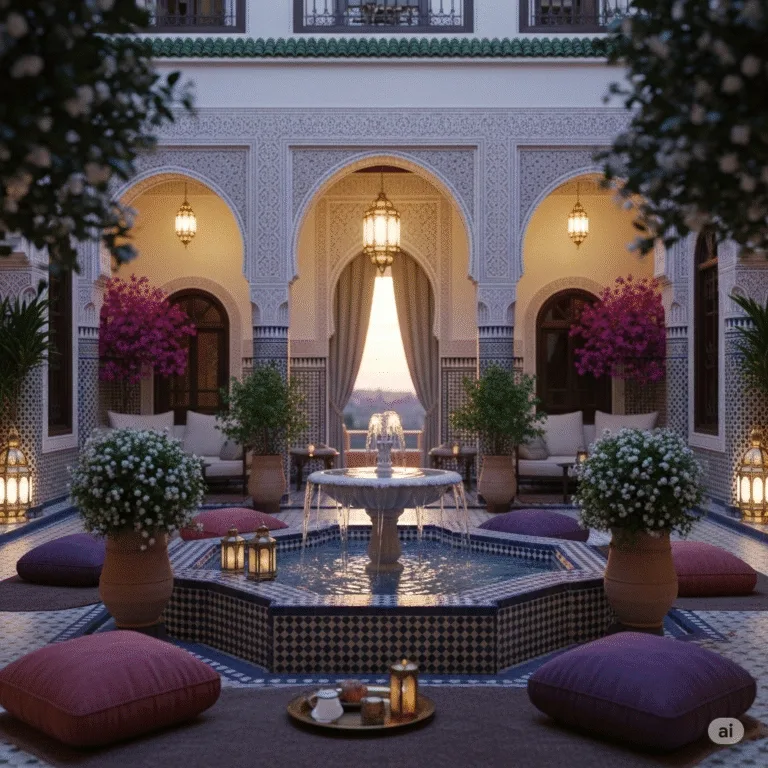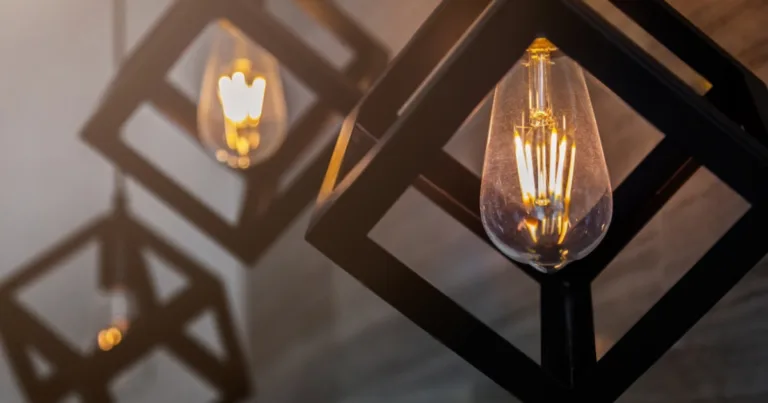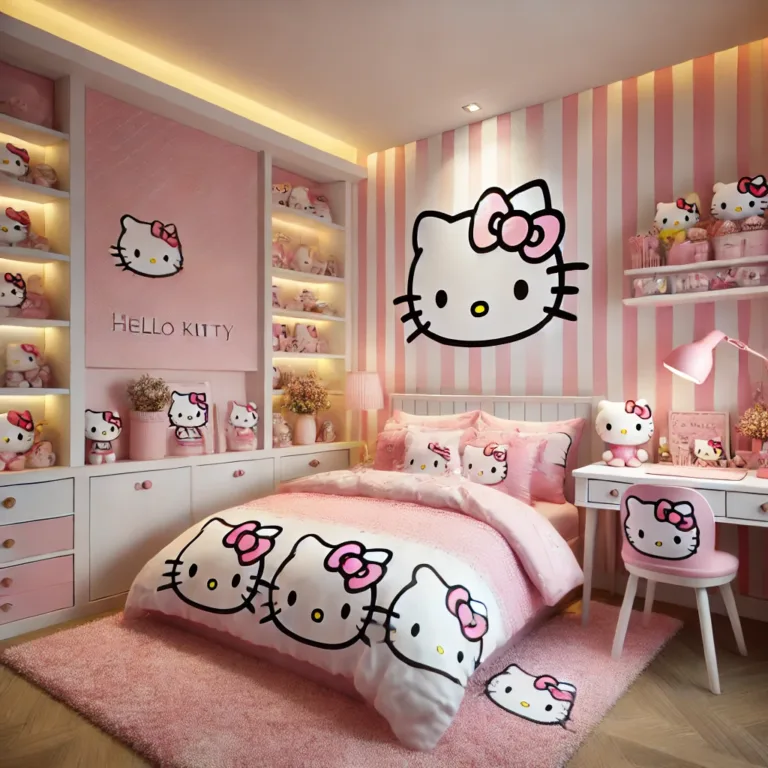Elevate Your Walls: A Comprehensive Guide to Decorative Wall Paneling
Wall paneling has transcended its traditional role as a mere architectural element and evolved into a powerful tool for interior design. Offering a blend of texture, depth, and visual intrigue, decorative wall paneling can transform any space from ordinary to extraordinary. This comprehensive guide delves into the world of wall paneling, exploring its various types, materials, applications, and design considerations.
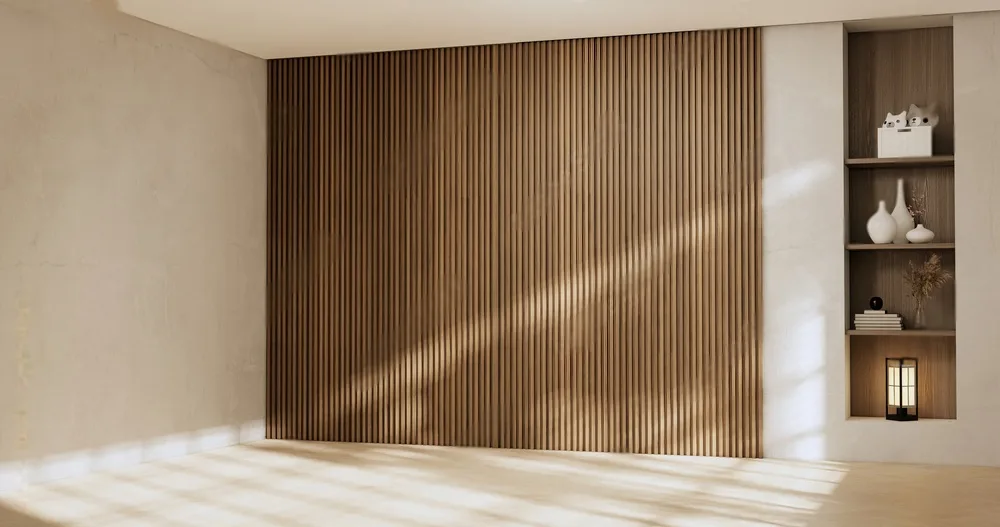
Types of Decorative Wall Paneling
The realm of decorative wall paneling is rich and diverse, offering a plethora of options to suit every style and preference. Here are some popular choices:
- Shiplap: This classic style, with its horizontally overlapping wooden boards, evokes a rustic charm reminiscent of coastal cottages or farmhouse aesthetics.
- Board and Batten: Characterized by vertical boards with thin strips (battens) covering the seams, this style adds a touch of traditional elegance and architectural interest.
- Geometric Panels: Modern and eye-catching, geometric panels feature raised or recessed patterns, creating a dynamic interplay of light and shadow.
- Wainscoting: A timeless choice, wainscoting typically covers the lower portion of a wall, offering a sophisticated and refined look. It often incorporates intricate moldings and paneling details.
- Acoustic Panels: Designed to absorb sound, these panels are ideal for spaces where noise control is crucial, such as home theaters, offices, or bedrooms. They come in various fabrics, colors, and patterns to complement any décor.
- Reclaimed Wood Paneling: This eco-friendly option utilizes salvaged wood, bringing a sense of history and character to your walls. Each piece is unique, with its own distinct grain, knots, and imperfections.
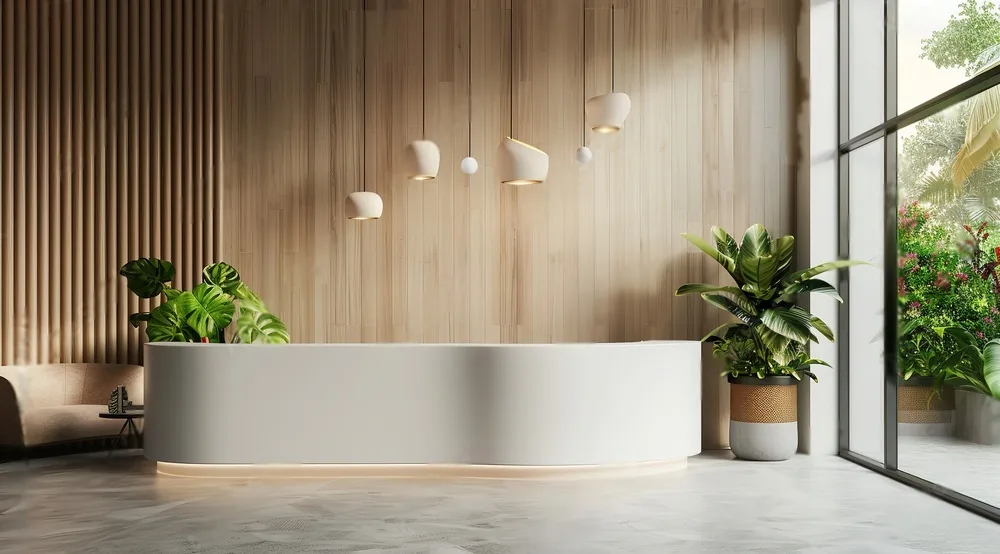
Materials Used in Wall Paneling
Wall paneling is crafted from a variety of materials, each with its own aesthetic and practical qualities:
- Wood: A classic and versatile choice, wood paneling offers warmth, natural beauty, and timeless appeal. Popular options include oak, pine, maple, and cherry.
- MDF (Medium-Density Fiberboard): A cost-effective alternative to solid wood, MDF is a composite material that can be easily painted or finished to mimic various wood grains.
- PVC (Polyvinyl Chloride): This durable and moisture-resistant material is ideal for bathrooms, kitchens, and other high-humidity areas. PVC paneling comes in various colors and finishes, including faux wood grain.
- Fabric: Fabric-covered panels add a touch of softness and texture to walls. They are available in a wide range of colors, patterns, and textures, allowing for endless design possibilities.
- Metal: Metal panels, such as stainless steel or aluminum, offer a sleek and modern look. They are often used in contemporary or industrial-style interiors.
Applications of Decorative Wall Paneling
Wall paneling can be used in various ways to enhance the aesthetics and functionality of your home:
- Accent Walls: Create a focal point in any room by installing paneling on a single wall. This draws attention to the wall and adds visual interest to the space.
- Ceiling Treatments: Extend paneling to the ceiling to add dimension and create a cozy, intimate atmosphere. This technique works particularly well in bedrooms, dining rooms, or living areas with high ceilings.
- Headboards: Craft a unique and stylish headboard using wall paneling. This adds a touch of personality and sophistication to your bedroom.
- Concealing Imperfections: Wall paneling can effectively hide uneven walls, cracks, or other imperfections, providing a smooth and polished surface.
- Creating Zones: In open-plan living spaces, wall paneling can be used to define different zones or areas, such as a dining area or a home office.
Design Considerations
When incorporating decorative wall paneling into your home, consider these factors:
- Style: Choose a paneling style that complements your overall interior design aesthetic. Consider the existing architectural features, furniture, and color palette.
- Scale and Proportion: Select paneling with the appropriate scale and proportion for your room size and ceiling height. Large-scale panels can overwhelm small spaces, while small-scale panels may get lost in large rooms.
- Color and Finish: The color and finish of your paneling can dramatically impact the mood and atmosphere of your space. Light colors create an airy and spacious feel, while dark colors add drama and sophistication.
- Lighting: Proper lighting is crucial to highlight the texture and depth of wall paneling. Consider using accent lights, wall sconces, or track lighting to create a dramatic effect.
- Maintenance: Different materials require different levels of maintenance. Consider the upkeep required for each material before making your selection.

Installation and Cost
Decorative wall paneling installation can be a DIY project for experienced homeowners or a job for professional contractors. The cost of wall paneling varies depending on the material, style, and complexity of the installation. It is advisable to obtain quotes from multiple contractors to compare prices and services.
Conclusion
Decorative wall paneling offers a versatile and transformative solution for elevating your interior design. Whether you seek to add a touch of rustic charm, modern elegance, or classic sophistication, there’s a paneling style to suit your vision. By carefully considering the various types, materials, and design elements, you can create a space that reflects your unique personality and style.



